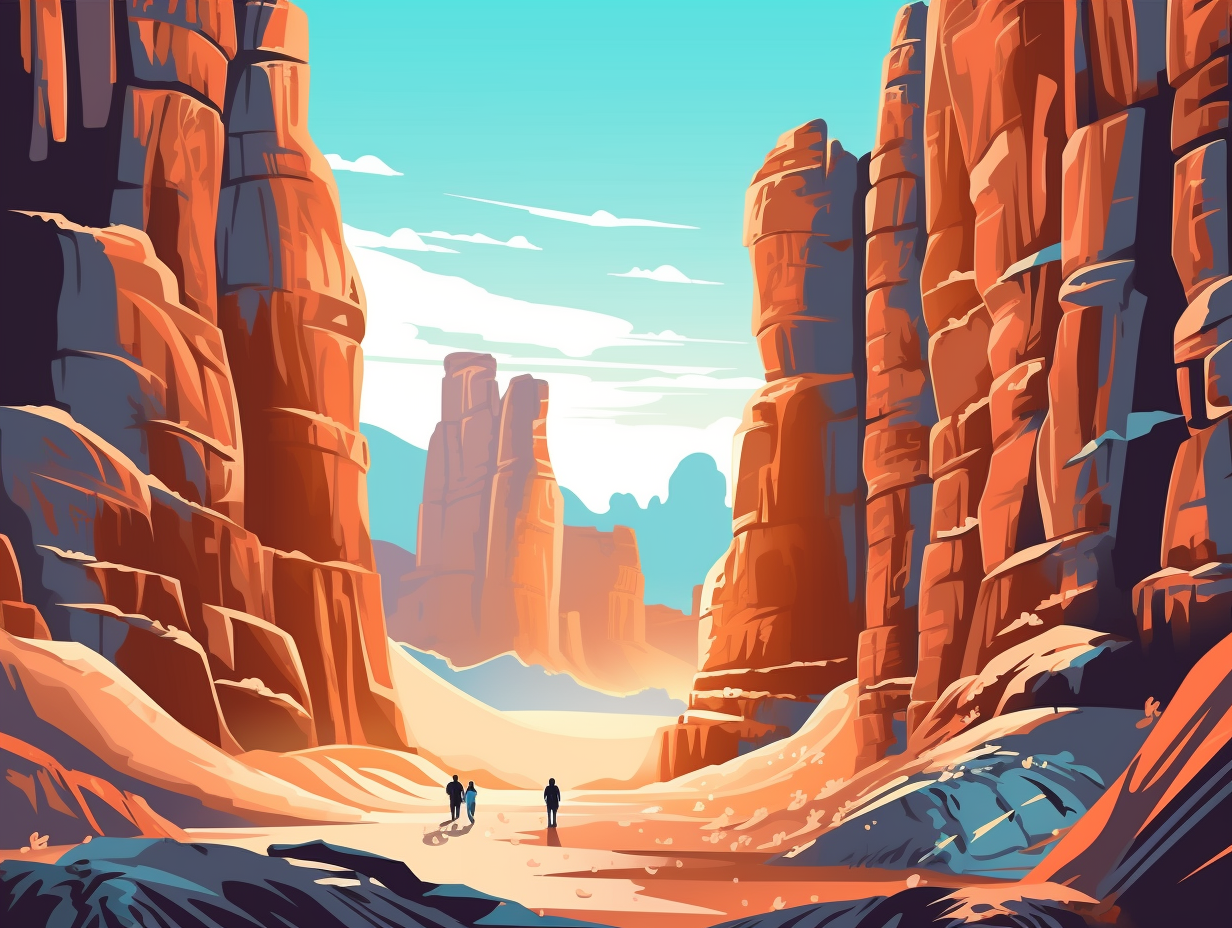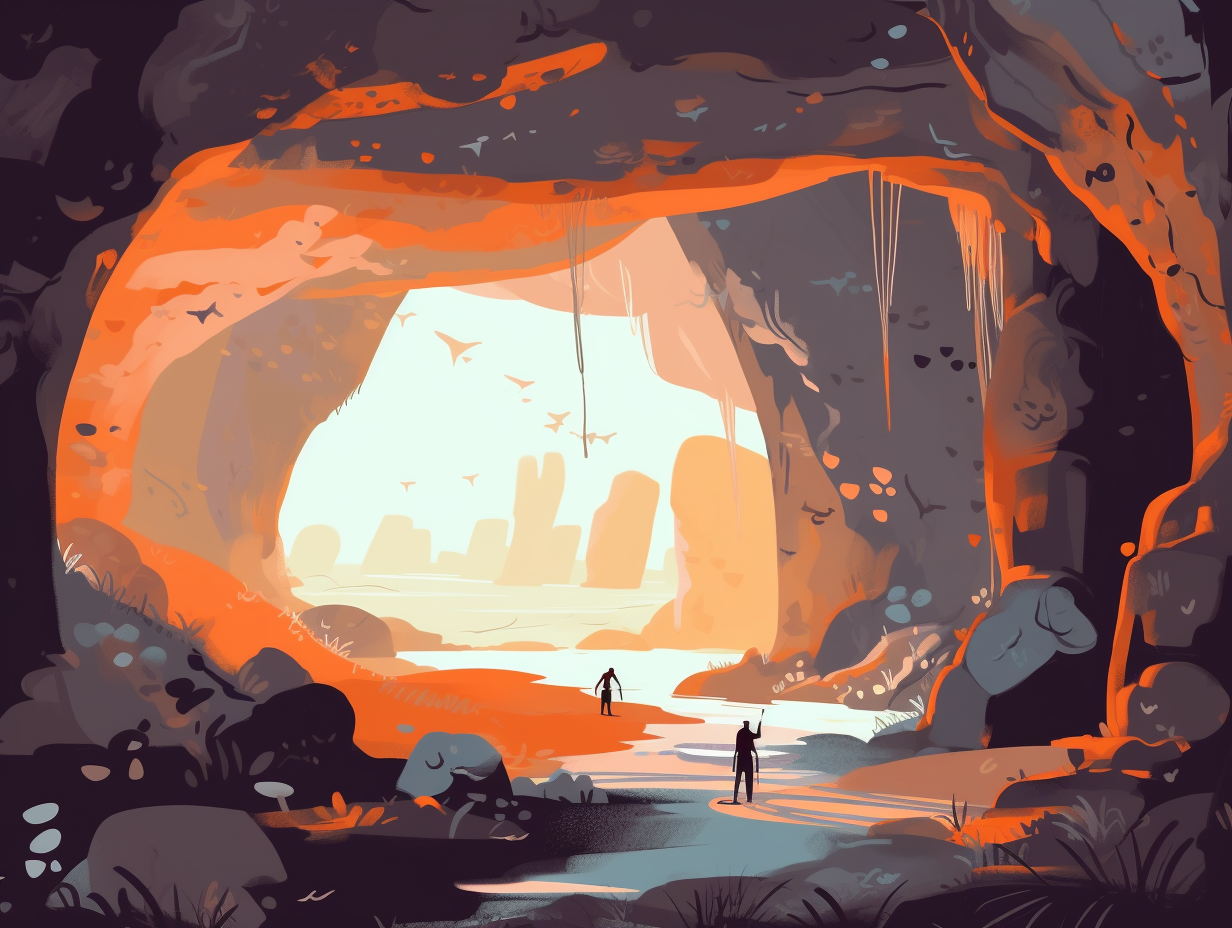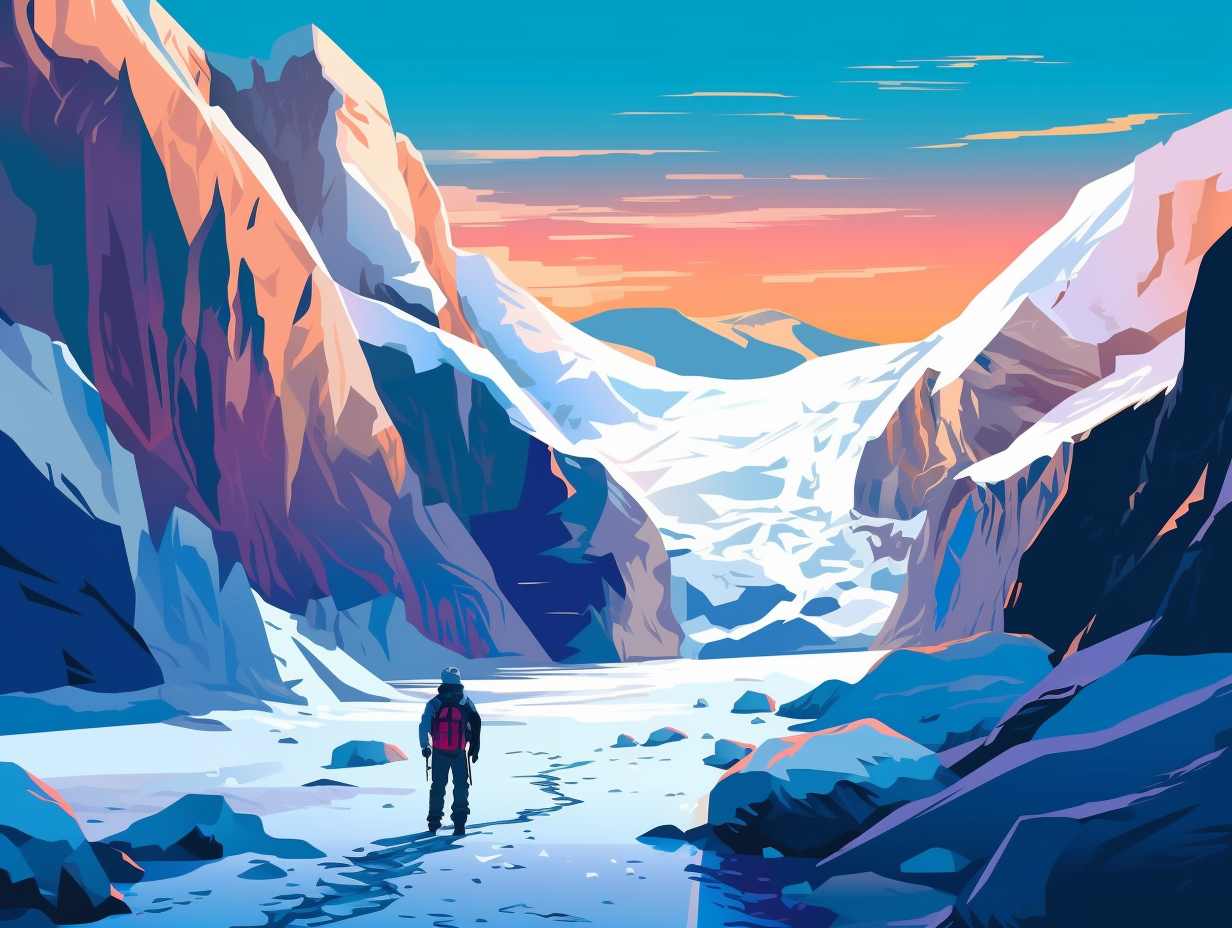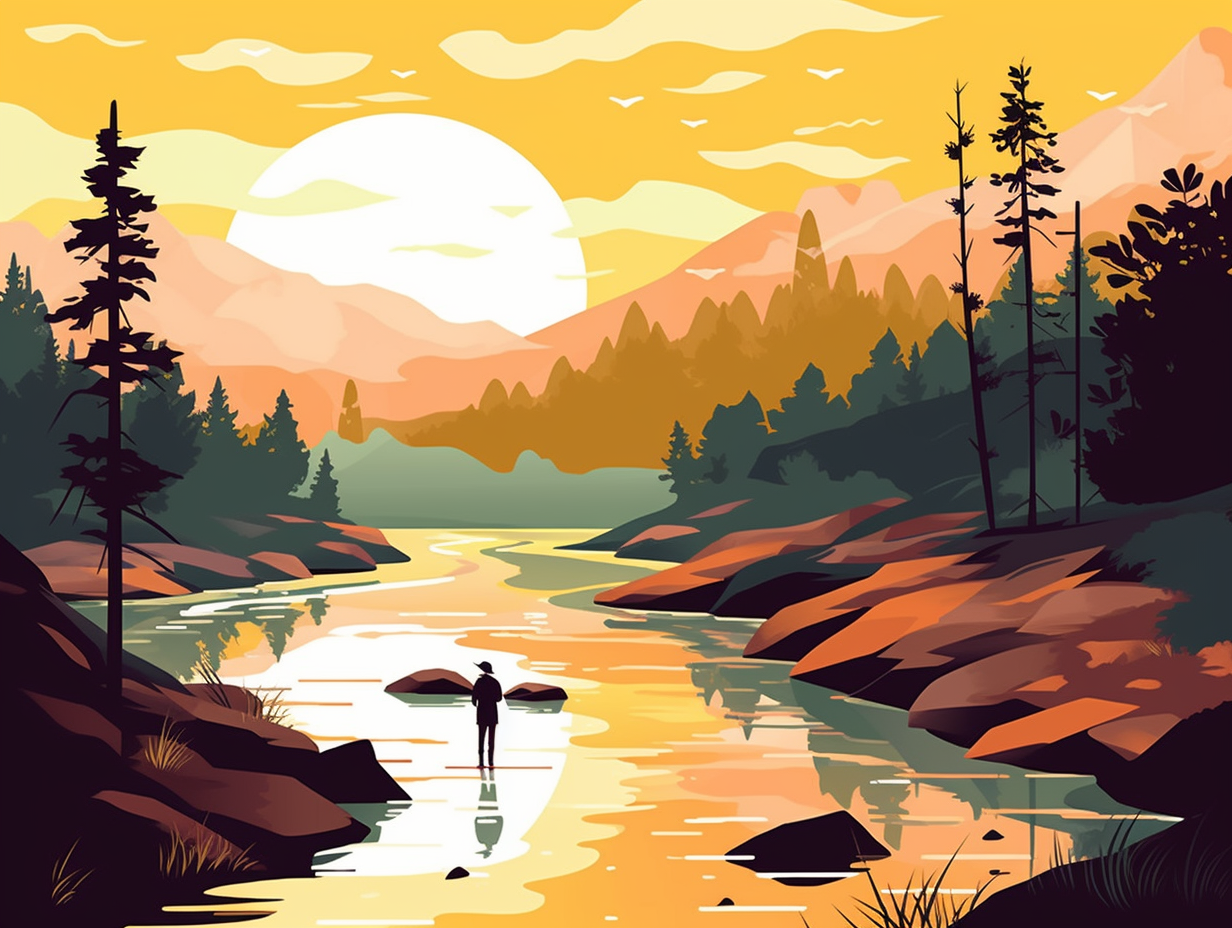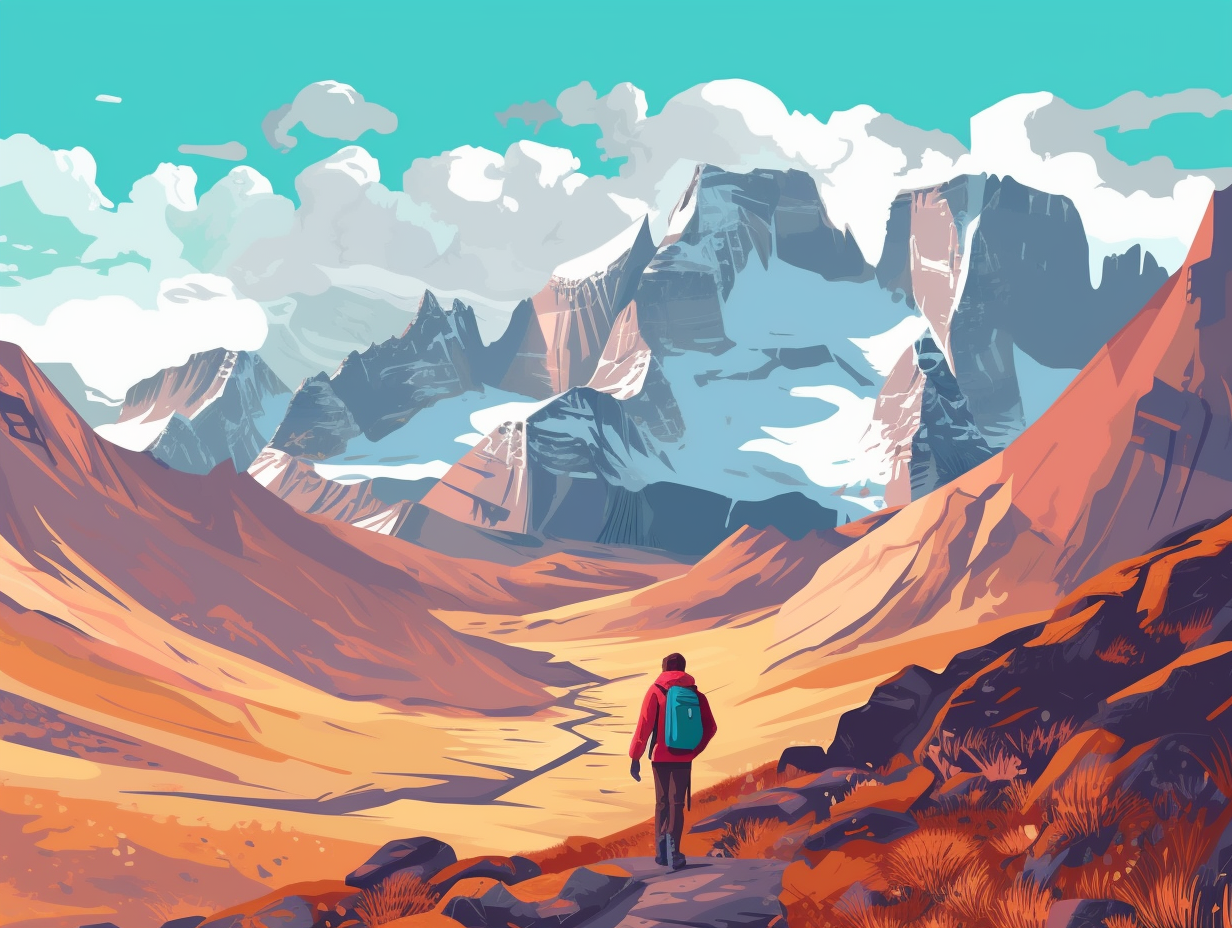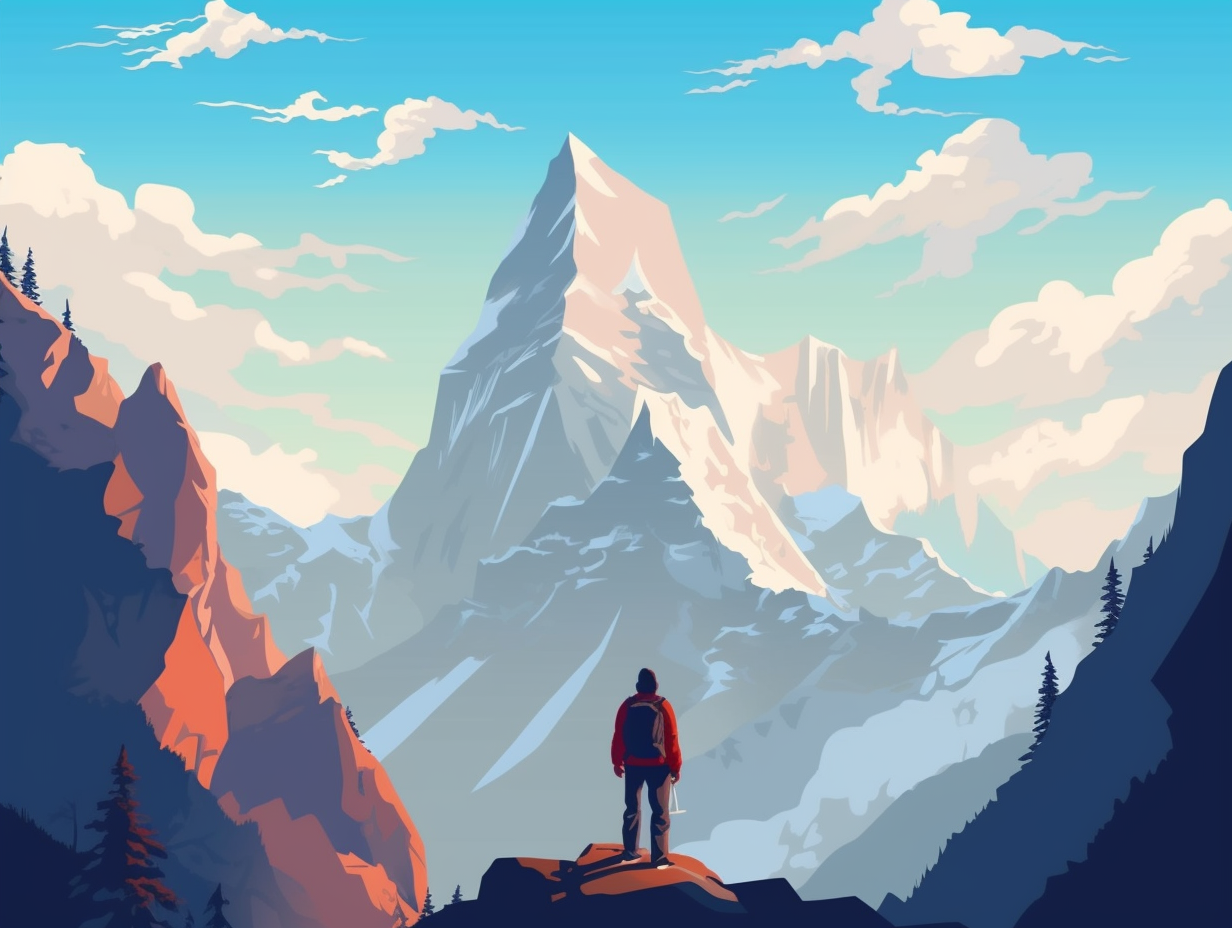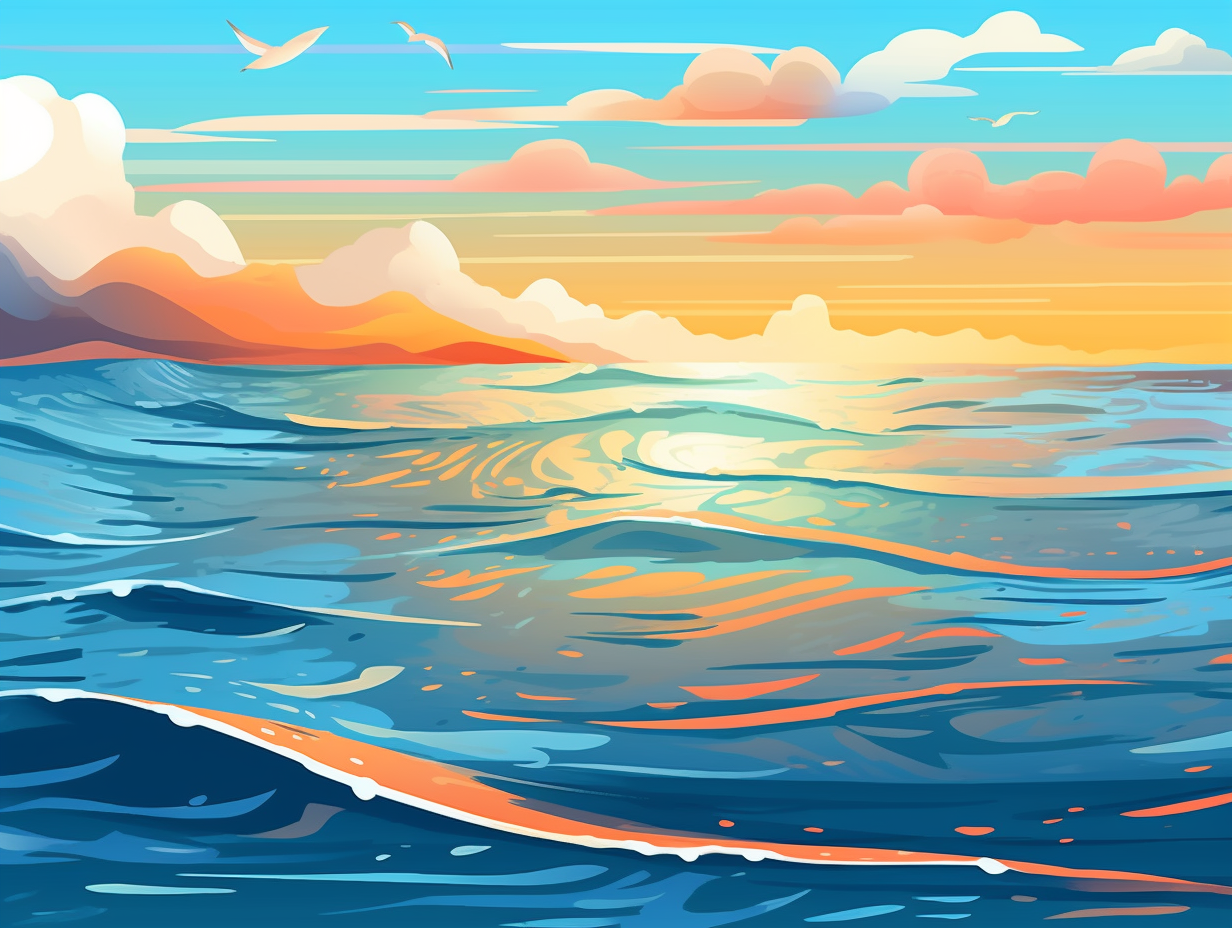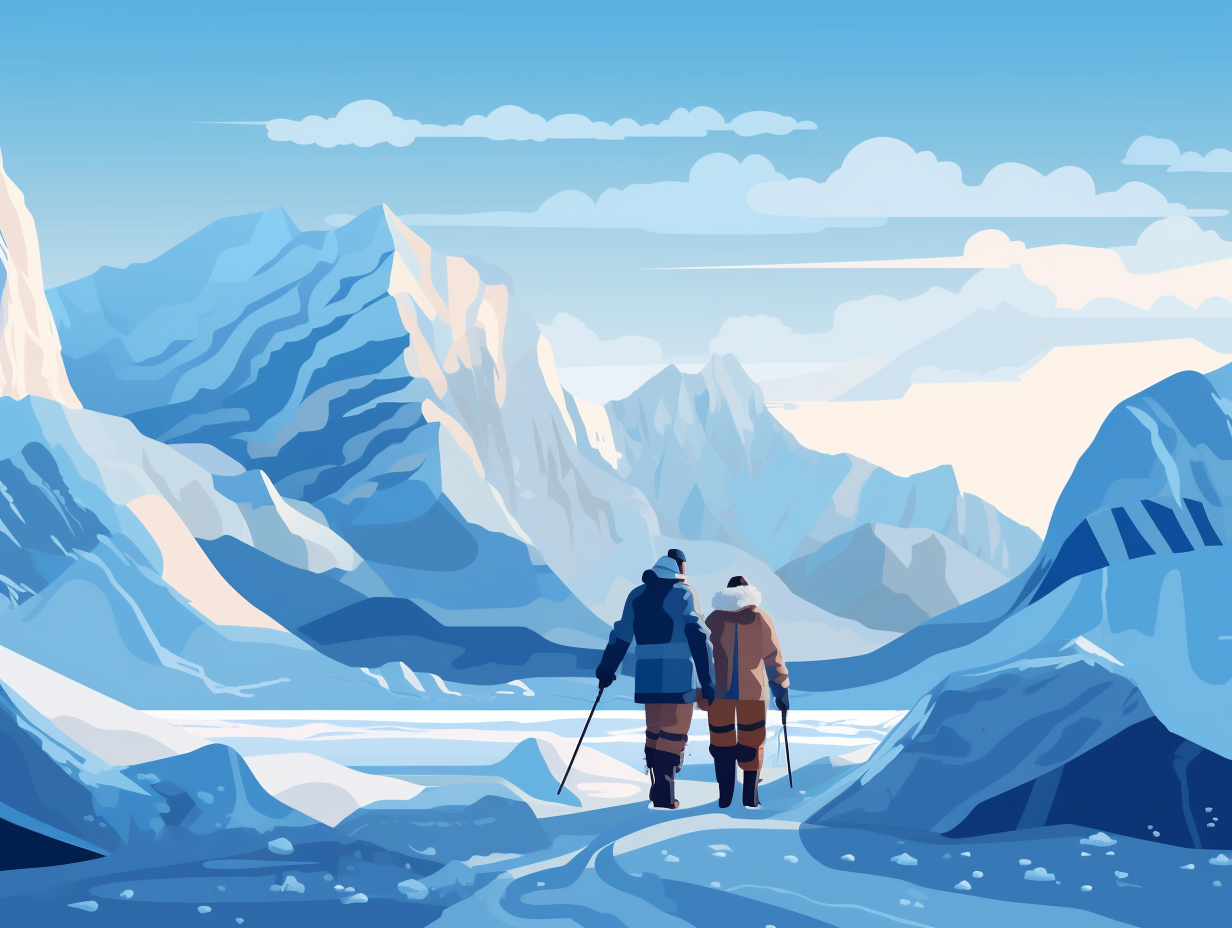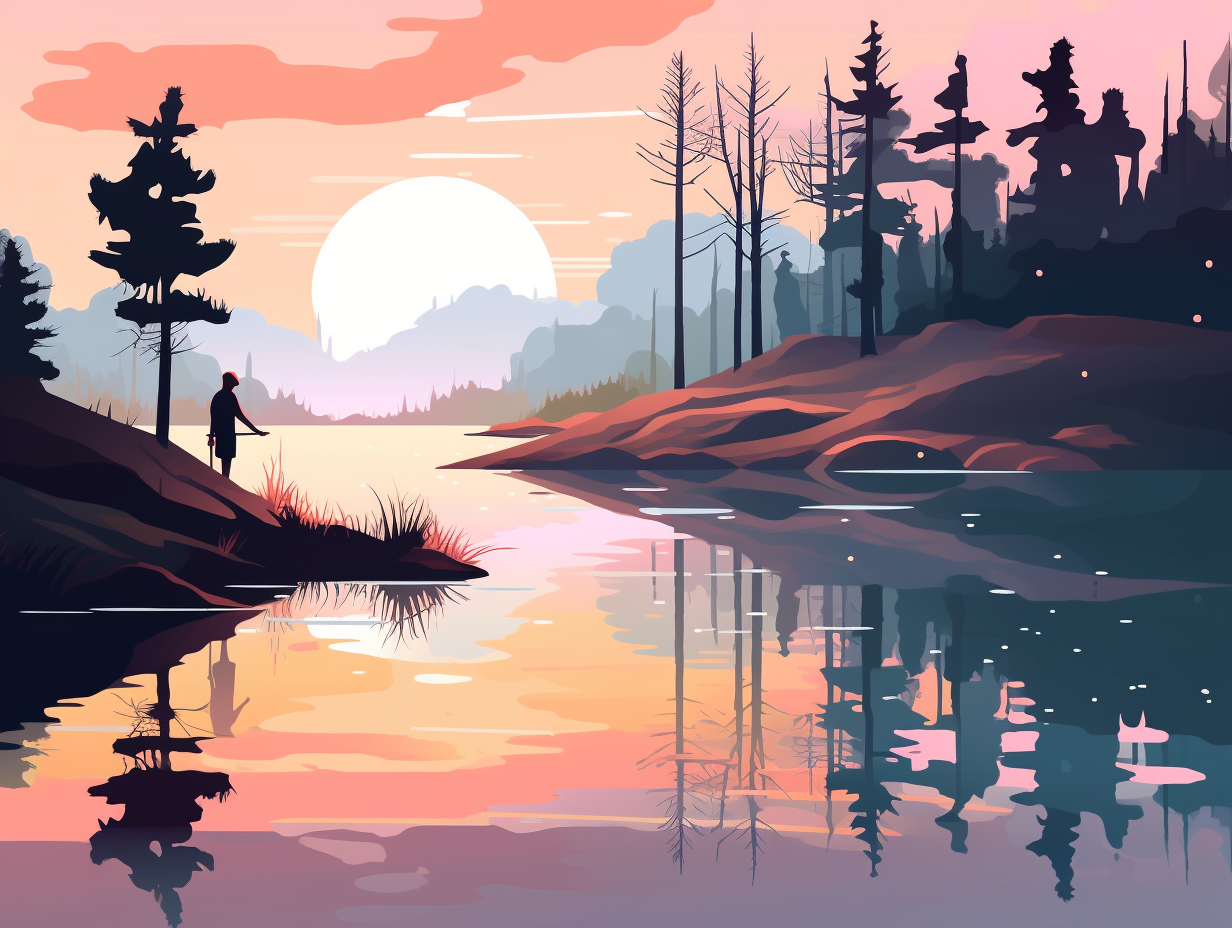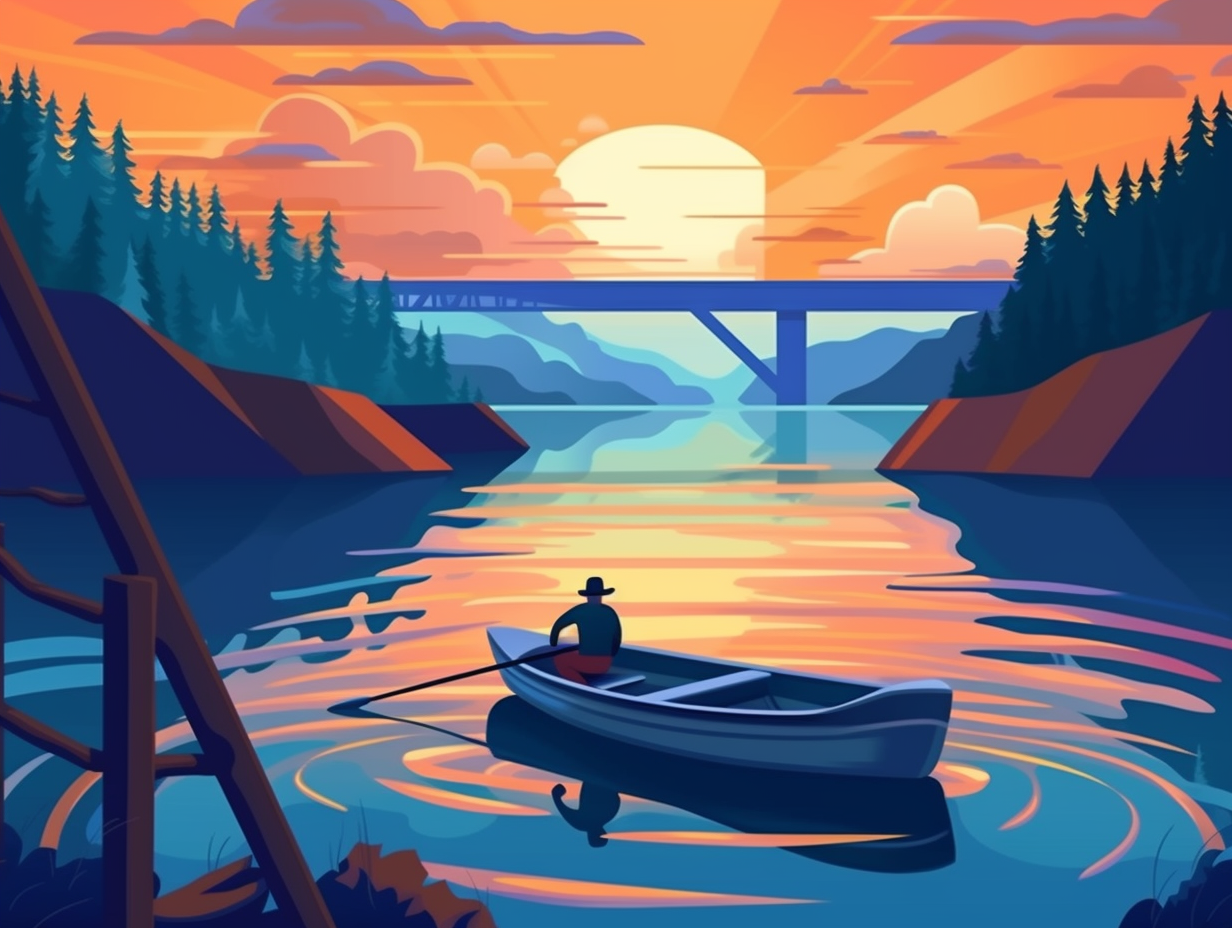Discover the Wonders: Top 9 Amazing Fun Facts About Landforms You Need to Know

1. The Real Dune Deal
For those who love sandcastles, you might say that Great Sand Dunes National Park is "the real dune deal" – it's a dream destination for aficionados of aerodynamic architecture, and an opportunity to witness the, quite literally, "shifting sands of time": The park is home to the tallest sand dunes in the United States, with some soaring over 750 feet high! However, these dunes don't just arise out of thin air – wind deposits sand onto itself, gradually forming ginormous sand mounds that eventually collapse under their own weight. Thanks to weathering and erosion processes, the ever-changing composition of sediments recycles old sand back to the dune field while introducing new grains from surrounding mountains.
Source => usgs.gov
2. Cuesta-la-Vista
Cuesta-la-vista, baby: Is there anything more magnificent than the sight of a cuesta, with its long, gentle backslope dip slope conforming to the dip of its resistant stratum caprock? In case you ever wondered, cuestas occur due to an extensive outcrop of gently dipping sedimentary strata. Featuring friendly altercations between weaker strata like shale and mudstone, and their tougher cousins, sandstone and limestone, the hardy rock warriors emerge victorious, forming the caprock of the backslope. As a result, the frontslope boasts an escarpment slicing across the strata layers like the ultimate geology showdown!
Source => en.wikipedia.org

Did you know the mighty Mount Everest, Earth's highest peak, is growing taller every year? Discover the astonishing geological forces behind this breathtaking natural phenomenon! 🏔️🌍✨
=> Fun Facts about Mountains
3. Hexagonal Lava Jenga
Hex goin' on here? In a feat that has the world's leading geometrists shaking their protractors in wonder, nature has devised a strangely satisfying version of countryside Jenga: Basalt columns are hardened lava pillars formed by the cooling and contracting process called columnar jointing, and they often happen to be hexagonal, pentagonal, or octagonal in shape – standing tall as vertical cliffs or stair-like terraces, with some even dipping their toes right into the ocean! Marvel at these magnificent outcrops in locations such as the Giant's Causeway in Northern Ireland, Devils Postpile in California, or Cape Stolbchatiy on Kunashir Island.
Source => treehugger.com
4. NOAA's Nature Red Carpet
Have you heard the mountain's latest gossip or the canyon's hidden stories, captured in stunning shots worthy of a star-studded red carpet event? Well, let's rock and roll with nature's very own breathtaking photo album: The National Oceanic and Atmospheric Administration (NOAA) has amassed a collection of awe-inspiring slides and photographs of various landforms, from coastlines to mountains and canyons. These striking visuals not only make Mother Nature beam with pride, but also assist researchers and scientists in studying geology and geography. Get your own front-row seat to these geological marvels by heading over to the NOAA National Geophysical Data Center website!
Source => cdc.gov
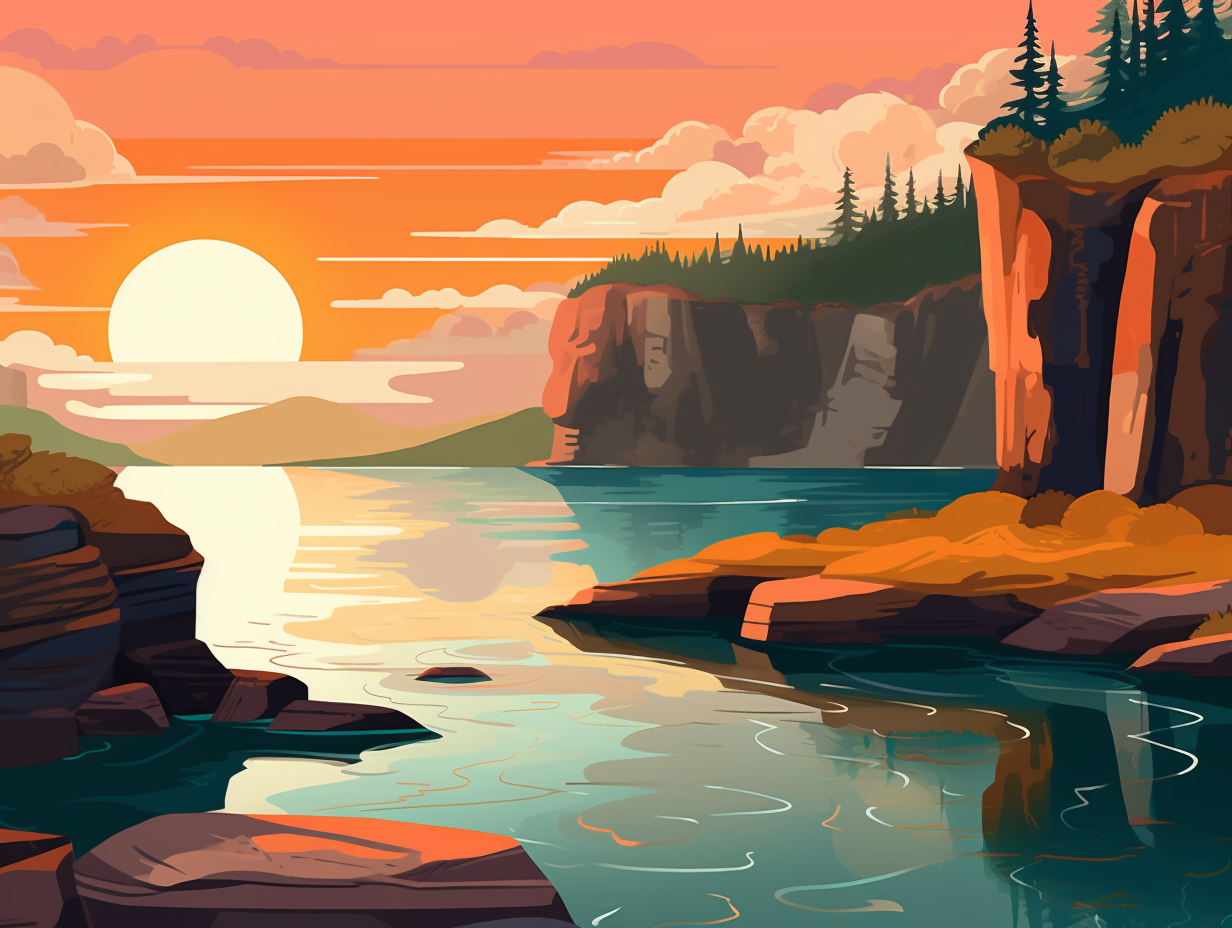
5. Earth's Low-Sodium Diet
Contrary to popular belief, the Earth isn't secretly hoarding sugar stashes in the form of salt pans – it actually prefers a low-sodium diet: Salt pans appear in desert regions when seawater pools evaporate faster than rainfall can replenish them, leaving behind a salty crust over centuries, with the Salar de Uyuni in Bolivia taking the title for world's largest salt pan and lithium treasure chest, facilitating our device-dependent lives.
Source => saltassociation.co.uk
6. Mountain High School Cliques
If mountains could attend high school, they'd each belong to a different clique: the explosive volcanoes, the edgy fault-block crew, the complicated complex group, and the eroding outcasts: Seriously though, there are four types of mountains – volcanoes form from erupting rocks, fault-block form from crustal blocks moving along faults, complex mountains result from large compressive forces, and erosional mountains emerge from tectonic uplift erosion.
Source => wvgs.wvnet.edu
7. Plateau-tonic Landscapes
Feeling a little "plateau-tonic" today? It could be the uplifting company of the two types of plateaus that surround you!: Dissected plateaus are formed by tectonic uplift, while volcanic plateaus are created by lava flows, together they make up a third of the Earth's land – giving us majestic landforms like New Zealand's North Island Volcanic Plateau with its three fiery volcanoes, or the colossal Tibetan Plateau in central Asia. Erosion, the Earth's true landscaper extraordinaire, shapes plateaus into valleys and outliers, providing continuous new looks for our planet's fabulous wardrobe.
Source => nationalgeographic.org
8. Earth's Explosive Cork
Feeling plugged up? Nature's got its own cork to blow! A volcanic plug is like that bottle of fizzy delight you just shook too vigorously: If rising volatile-charged magma gets trapped beneath it, we're in for an explosive surprise: The high gas pressure can cause a catastrophic eruption, annihilating the plug and ejecting volcanic ash. When the dust settles (literally), you might find yourself gazing at an oddly majestic landform known as a volcanic neck, which exists in countries like Iceland, Italy, France, and the United States. Now that's a party!
Source => en.wikipedia.org
9. Long Island's Icy Origins
Before Ice Age's Scrat had a chance to bury his beloved acorn on Long Island: it turns out this piece of New York was actually formed by two end moraines left behind by retreating glaciers, leaving ridges of rocky till that serve as proof of their icy history.
Source => courses.lumenlearning.com
Related Fun Facts



